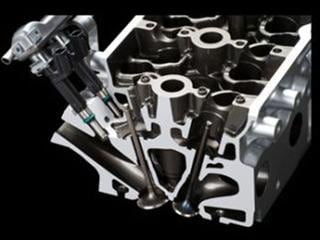I can't find it on the DAL website (the archived one) where they mention destroying the engine via too much cam gear adjustment.
I have asked around about the iVTEC/VTC conversion - the biggest engineering obstacle is to convert the timing belt drive system into a chain belt. In addition, you would definitely need to convert to an AEM EMS ($$$). In the end, it will definitely be a lot cheaper to build/drop in a built K24...plus you'd lose like 300 pounds on the back end.
I have asked around about the iVTEC/VTC conversion - the biggest engineering obstacle is to convert the timing belt drive system into a chain belt. In addition, you would definitely need to convert to an AEM EMS ($$$). In the end, it will definitely be a lot cheaper to build/drop in a built K24...plus you'd lose like 300 pounds on the back end.
They can be adjusted on the dyno. DAL Motorsports did this, then went to far on the dyno and destroyed an engine.
Hence, my previous thread inquiring about adopting VCT from the newer Honda's onto our old engine:
http://www.nsxprime.com/forum/showthread.php?t=152764
Gains on a boosted S2000 engine were impressive to say the least.
Dave









